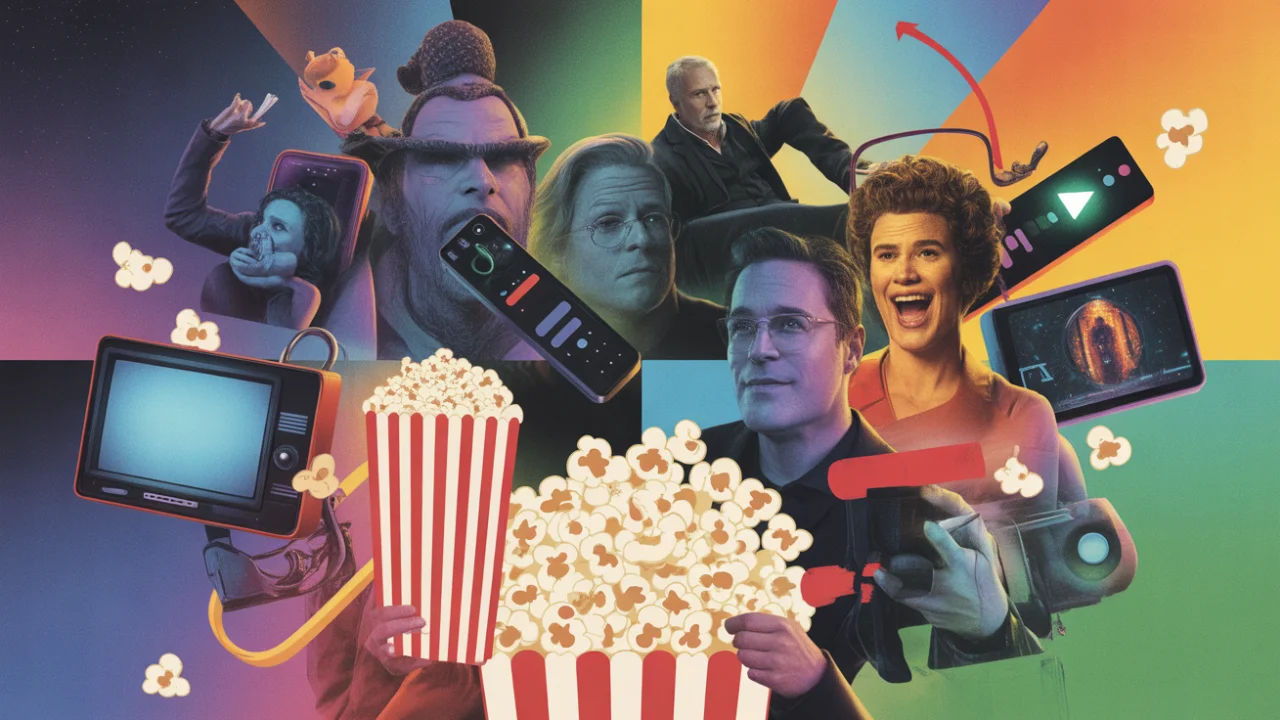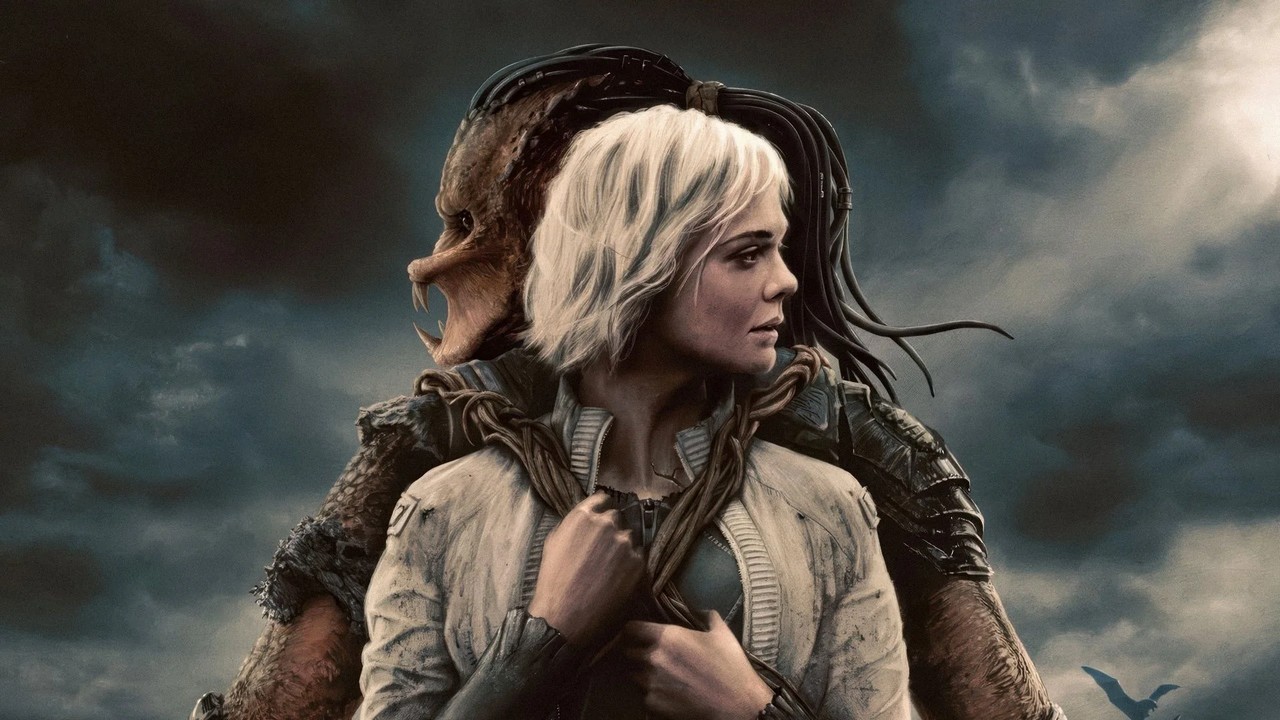Few people stay until the end of the credits when watching a movie, missing important details inserted by the directors and producers. Many movies Many films hide fascinating secrets in the end creditsIn the form of secret messages, inside jokes or even invitations to future sequels.
This type of content, known as "easter eggs", are little surprises that reward the most attentive viewers. For example, in the movie "Back to the Future", the end credits contain hidden clues about the creators' inspiration, which many fans may have missed if they turned the movie off early.
The credits can also include special thanks, uncredited appearances and even deliberately listed mistakes. With that in mind, maybe it's time to rethink not rushing out of the movie theater or turning off the TV right after the last act, because there's a lot more hidden between the lines.
The Art of Easter Eggs in the Credits
Easter eggs hidden in movie credits are little surprises for viewers. These details occupy a special place in the hearts of the most attentive fans.
Hidden references

Directors love to insert hidden references into the credits. These can be allusions to other films, characters or even historical events. Often, only the most dedicated fans notice these subtle references.
For example, in Avengers: EndgameThe end credits contain easter eggs that refer to previous moments in the Marvel Universe. Details like these make the cinematic experience even richer and more enjoyable. These elements create a game of discovery that broadens fans' involvement with the work.
Tributes to Production Members
In the credits, tributes to members of the production are also common. These tributes can be to work colleagues, family members or deceased friends. They appear discreetly but meaningfully, providing a moment of reflection for both those involved and the viewers.
In The FlashFor example, there are special mentions of members of the team who were fundamental to the production of the film. This personal touch establishes a stronger emotional connection between the production and the audience. In doing so, films transcend their role as mere entertainment and become tributes to all those who contributed to their creation.
Secret messages and inside jokes
Films often hide encrypted messages and recurring jokes in the end credits. These additions provide a more entertaining and engaging experience for attentive viewers.
Encrypted messages
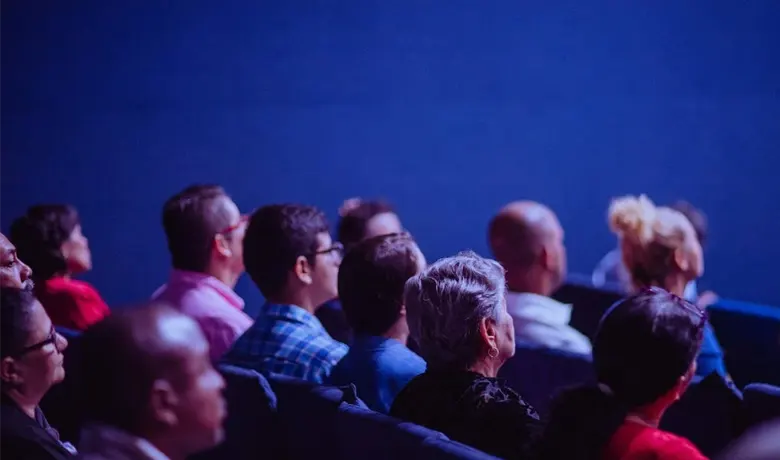
Some movies use codes or hidden audio messages that can only be discovered by those who pay close attention. One example is the movie "King Kong"in which a message in Morse code read "Show me the monkey!". These messages are added to arouse the curiosity of fans and increase interest in subtle details of the movie.
Another example is the end of "Ghostbusters. After the credits, an audio message sounds like a recording of an army mission. When played backwards, the message says "You're still alive", leaving room for a possible sequel.
Recurring jokes
Film creators also like to include inside jokes that only make sense to those who are familiar with the production or other films in the franchise. In "Toy StoryFor example, there are several Easter Eggs that refer to other Pixar films, such as the carpet in the "The Shining" in Sid's room.
In "Guardians of the GalaxyThe post-credits scenes often include jokes about minor characters or absurd situations that wouldn't affect the main plot. These light-hearted moments serve to maintain the humor and reward viewers who stay until the end of the credits.
These hidden details not only enrich the movies but also make the experience of watching them more interactive and entertaining.
Special Thanks
Special acknowledgments in the end credits of films offer a moment for filmmakers to express their gratitude. This recognition can go to people or organizations that have helped in significant ways, or to important personal dedications.
Dedications
In the end credits, many films include dedications. These messages are usually short and moving, honoring individuals who had a special impact on the project. They can be dedicated to crew members who passed away during filming, or to family and friends of the filmmakers.
For example, in MatrixThere is a dedication to Thomas Anderson, the name of Keanu Reeves' character, which is a veiled homage. Dedications can also be used to remember significant dates or important events related to the movie.
Employee Recognition
Another common practice in the end credits is employee recognition. This includes thanks to companies, institutions, and other groups that offered support, sponsorship, or indispensable facilities.
Producers and directors often include special thanks to film crews, studios, and even locations that made the production possible. In films such as Jurassic ParkThere is a thank you to the scientific institutions that helped with the dinosaur consultancy.
These recognitions highlight the collaboration and external help that are crucial to the success of a film production.
Special Participations not Credited
In movies, it's common to see special appearances that surprise the audience. These appearances are often not explicitly credited, either for strategy or to maintain the surprise. The surprise cameos and the hidden voices are perfect examples of this.
Surprise Cameos

The surprise cameos are unexpected appearances by actors in small roles. They can be found in many successful films. A classic example is Matt Damon's appearance in "Thor: Ragnarok". He plays an Asgardian actor who portrays Loki in a play.
Another memorable example is Daniel Craig in "Star Wars: The Force Awakens". Craig appears as a Stormtrooper, but few recognize him because his face is covered. These cameos add a fun and unexpected element for attentive fans.
Hidden Voices
The hidden voices are another intriguing form of special participation. Sometimes famous actors lend their voices without being credited. In "Guardians of the Galaxy", for example, the voice of Groot is done by Vin Diesel. Although he is credited, there are other voices that are not.
Another example is Hugh Jackman's participation in "X-Men: First Class". He makes a brief vocal appearance as Wolverine, without being officially credited in the movie. These appearances add depth and surprise for viewers.
Cameos and uncredited voices are creative and exciting ways to surprise fans and keep the magic of cinema alive.
Purposely Listed Mistakes and Gaffes
Some movie productions like to play with the viewer by inserting mistakes and gaffes in the end credits. These flaws are deliberate and add a touch of humor to the film.
Often, directors put these flaws in so that the audience not only leaves the theater talking about the film, but also about the credits.
These errors can include:
- Changing names actors or characters.
- Small typographical errors which are fun and harmless.
- Technical gaffesSuch as placing a "visible microphone" or "stuntman appearing".
A classic example is when the credits list a "Mistake Consultant" or a "Gaffe Expert", something that doesn't exist in reality, but which adds an extra layer of entertainment.
Fictional characters are sometimes believed by non-existent rolesThis is something that the most attentive fans will notice and enjoy.
In rare cases, behind-the-scenes scenes show the actors laughing or getting lines wrong, creating a lighter experience for the audience.
Table of common examples of errors:
| Type of Error | Description |
|---|---|
| Names changed | Actors/characters with the wrong names |
| Typographical errors | Slight typos |
| Technical gaffes | "Visible microphone" |
| Fictitious credits | Non-existent roles or characters |
These small details not only entertain, but also show the creativity and lightness of the filmmakers when dealing with the production process.
Credits as a Narrative Element
The end credits of a movie can go beyond a simple list of names. They can contribute significantly to the narrative, either through scene transitions or by continuing the story after the end of the movie itself.
Scene transitions
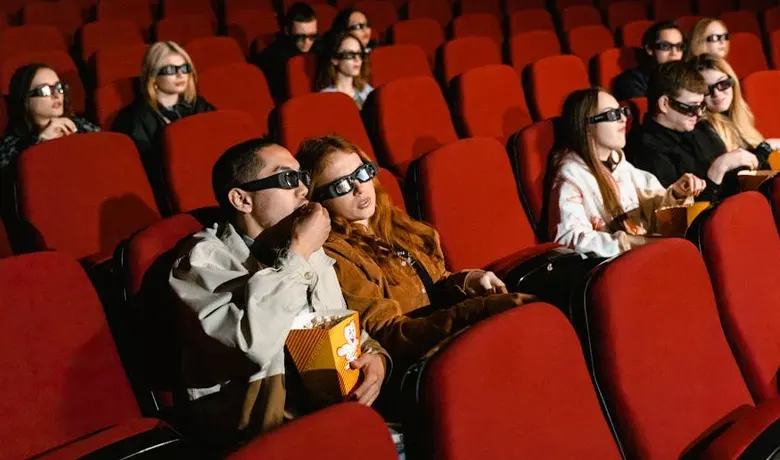
Scene transitions in the credits can set the final tone of the movie. For example, additional scenes or moving images during the credits can provide a deeper closure, allowing the audience to reflect on the plot.
In many films, background music aligned with these transitions further enhances the emotional impact. These transitions can be used to suggest what happens to the characters after the main events or to highlight specific themes in the movie.
Story Continued
The end credits can also serve as a continuation of the story. Many superhero movie productions use this technique to hint at future sequels.
Inserting short scenes or dialogues during the credits keeps the viewer engaged until the very last moment. This practice can reveal secrets hidden in the film, add a final touch of humor or even introduce new characters who will be important in future productions, creating expectations in the audience.
Legal and Copyright Information
The end credits of a film don't just serve to recognize the team involved in the production. They also play a fundamental role in the question of copyright.
A Copyright Law in Brazil is governed by Law 9610/98. This law determines what can be protected by copyright and divides these rights into two dimensions: moral e property.
Moral Dimension:
- Attribution of authorship.
- Integrity of the work.
Heritage Dimension:
- Economic exploitation of the work.
- Reproduction rights.
To avoid legal issues, the end credits should list everyone who contributed to the movie. This includes everyone from the director to the catering team. Each individual or group mentioned needs to have the right to be recognized for their work.
In addition, the copyright also ensure that any subsequent use of the works created must be authorized by the rights holders. For example, if a film uses a piece of music, that music must be properly credited and licensed.
Details on the order of credits and other rules can be found in the article by Portal Do Curta. This helps to create credits in a correct and standardized way.
Legal considerations such as these are essential to protect both authors and producers. Therefore, compliance with legislation is crucial for film production.
Invitations to Sequels and New Projects
The end credits of films are a valuable place to give clues about sequels or new projects. Attentive fans may notice hidden messages that indicate the continuation of a story.
Directors often put in post-credit scenes. These scenes are not only entertaining, but also serve as teasers for future releases.
Common examples of invitations:
- Post-credits scenes: Marvel is famous for using these scenes to engage audiences with future films.
- Hidden Texts: Subtle messages can be found in the credits roll, suggesting new projects.
- Images or Symbols: Some movies use icons or logos that anticipate new adventures.
Strategically, including these invitations in the end credits can increase audience anticipation and strengthen engagement. It's an effective tool for studios to keep fans interested and eager for what's to come.
Incorporating teaser scenes or visual allusions can turn a simple scrolling of names into an interactive and engaging experience.
Conclusion
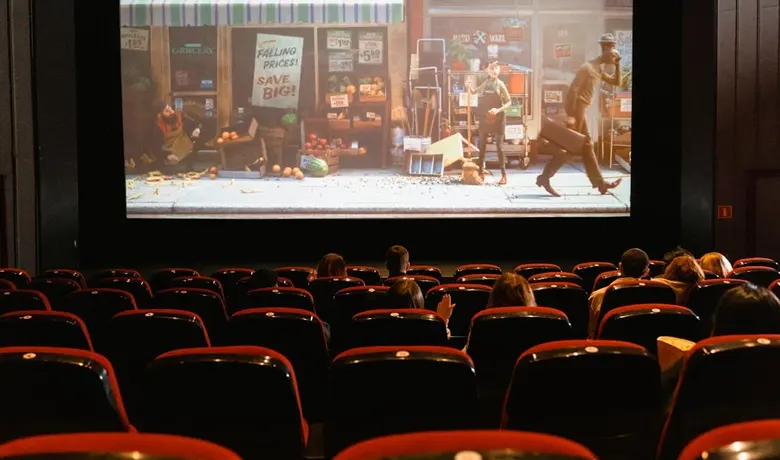
The end credits of movies hide many surprises for those who have the patience and curiosity to explore them. These secrets can include hidden messages, extra scenes and even tributes.
Hidden messages are frequent. Creators often insert inside jokes, references to other works or personal messages, enriching the experience for attentive fans.
Another common practice is to add post-credit scenes. These scenes can foreshadow a sequel, reveal additional details of the story, or simply offer comic relief.
The tributes are also common in the end credits. Many films pay tribute to members of the production, important figures, or even historical characters who inspired the story.
Paying attention to the end credits can reveal surprising and profound aspects of films. It's not just a list of names; it's an extension of the movie itself. If you'd like to see more content related to curiosities left in movie credits, we'll leave you with a video to watch below.

